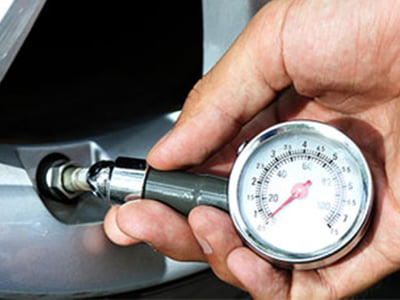
Millions of vehicle owners could be driving with an illegal and dangerous tyre, according to results of the most comprehensive survey of its kind.
Conducted by TyreSafe and Highways England, the survey – of over 340,000 tyres as they were being replaced at 819 retail outlets – revealed that 27% of tyres were already illegal when they were replaced. That could equate to more than one-in-four of the 37 million cars and light commercial vehicles on the UK’s roads being driven with a tyre that could cost its driver a £2,500 fine and three penalty points, an MoT failure – or worse.
“The survey results are a concern,” the Chairman of TyreSafe, Stuart Jackson, said. “Figures from the Department for Transport show that dangerous tyres are the largest single contributory factor in accidents resulting in casualties of any vehicle defect – including brakes. If the number of casualties is to be reduced, motorists need to change their attitude and carry out regular checks to ensure their vehicle’s tyres are roadworthy.
“The concern comes not just from the number of illegal tyres at the point of replacement, but also the proportion – 70.4% – which were below 2mm. While a tyre is legal at this point (by half the thickness of a bank card), the amount of distance it can cover and remain within the law is difficult to predict and can only be verified by regular checks.
Previous studies have shown that the braking distance of a vehicle with tread of 1.6mm is nearly 12m further than a vehicle with new tyres when braking in the wet from 50mph.
However, TyreSafe’s own research has found one-in-five drivers have never checked their tyres and that the majority of the remainder do not do so on a regular basis. Van drivers can help reduce the risks to themselves and other road users by carrying out tyre checks every month and before long journeys.
The air pressure in each tyre should follow the vehicle manufacturer’s recommended settings and can be found in the owner’s manual, filler cap, door shut or on a plaque in the glove compartment. Tread depth should be over the minimum legal limit of 1.6mm, roughly the same as the rim of a 20p piece which can be used as a guide by inserting it into the tyre’s tread. If the rim is visible, the tyre may be illegal. While checking tread depth, also look out for any lumps, bumps, signs of ageing or scuffing on the tyre which may indicate internal damage.








